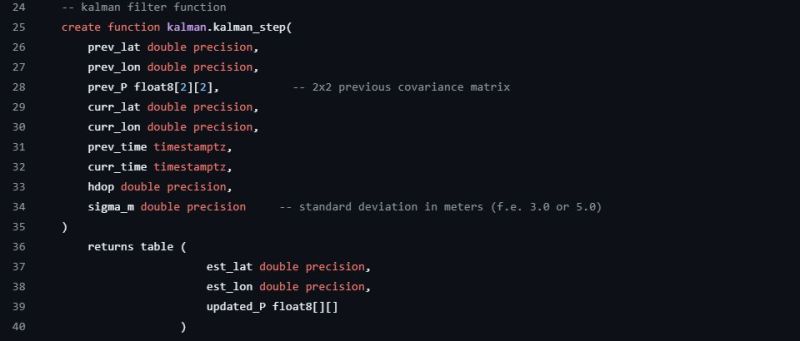Ever thought about playing Tetris, but like, in a warzone? Palmer Luckey's got you covered with a Game Boy made from the same metal as attack drones. Yeah, you heard that right. The Anduril Chromatic device isn’t just a retro throwback; it's designed for ‘performance and reliability.’ Because nothing says “serious gaming” like a military-grade handheld, right?
Honestly, I’m just wondering if it comes with a built-in GPS for those intense gaming sessions. Guess I'm still just stuck on level one.
Is the world really ready for this kind of hardcore nostalgia?
https://kotaku.com/modretro-anduril-chromatic-attack-drone-metal-luckey-2000654868
#GameBoy #RetroGaming #PalmerLuckey #TetrisInWarzone #GamingHumor
Honestly, I’m just wondering if it comes with a built-in GPS for those intense gaming sessions. Guess I'm still just stuck on level one.
Is the world really ready for this kind of hardcore nostalgia?
https://kotaku.com/modretro-anduril-chromatic-attack-drone-metal-luckey-2000654868
#GameBoy #RetroGaming #PalmerLuckey #TetrisInWarzone #GamingHumor
Ever thought about playing Tetris, but like, in a warzone? Palmer Luckey's got you covered with a Game Boy made from the same metal as attack drones. Yeah, you heard that right. The Anduril Chromatic device isn’t just a retro throwback; it's designed for ‘performance and reliability.’ Because nothing says “serious gaming” like a military-grade handheld, right?
Honestly, I’m just wondering if it comes with a built-in GPS for those intense gaming sessions. Guess I'm still just stuck on level one.
Is the world really ready for this kind of hardcore nostalgia?
https://kotaku.com/modretro-anduril-chromatic-attack-drone-metal-luckey-2000654868
#GameBoy #RetroGaming #PalmerLuckey #TetrisInWarzone #GamingHumor
0 Comentários
·0 Compartilhamentos






